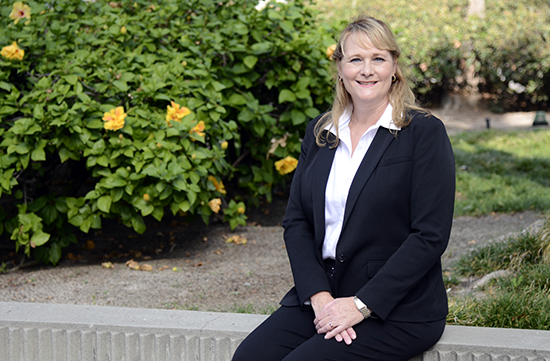In the Spotlight: CLC’s Susan Harrington

Susan Harrington is executive director of Communities Lifting Communities — the HASC initiative aimed at health disparities and upstream factors affecting diabetes, preterm births and other public health challenges.
She recently sat down with the HASC Strategic Communications team to discuss the initiative’s goals and work.
Download a pdf version layout of this article here or below.
CLC sees hospitals working with public health departments and others to improve outcomes for preterm births, diabetes, food insecurity, and other difficult issues. What’s it going to take to implement the vision together?
It’s going to take strategic partnerships between hospitals and health systems, health plans, public health departments, community-based organizations, community development organizations and community members. These partnerships are place-based and can represent a regional approach to community health improvement at a county level, like the diabetes prevention project in Ventura County, or can focus on a service planning area like Cherished Futures for Black Moms and Babies in South Los Angeles and Antelope Valley in Los Angeles County. Strategic partnerships allow all stakeholders to collectively impact community health through an informed view of community needs, assets and alignment of strategies and opportunities for co-investment and shared ownership.
A degree of mistrust of health care and governmental organizations must be present in underserved communities. How do health workers gain the confidence of underrepresented segments of the population?
Engaging the community when assessing health and social needs, identifying service capacity as well as when programs and plans are developed and implemented are essential to gain trust and ensure that the strategies identified to improve health will address the community’s needs. Community members know what social and non-medical needs impact their health, e.g., food insecurity, economic insecurity, transportation, access to health and social services and affordable housing. Community members representing low income, minority and underserved populations often participate in focus groups, complete quality of life surveys as well as serve as members of various partnerships with the goal to improve community health and reduce disparities.
There’s a growing consensus that behavioral health is a priority community health need. How do professionals help patients and clients overcome fear and stigma in this area?
Behavioral health was named a priority area for policy and advocacy work by HASC members in 2018 and again in 2019. HASC is conducting a Behavioral Health Needs Assessment and will be identifying local advocacy activities to engage local managed care and mental health care plans and encourage provider collaboration focused on pre- and post-hospital services ranging from community-based prevention and early intervention to outpatient therapeutic services.
Similarly, in 2019, many Community Health Needs Assessments conducted by non-profit hospitals and public health departments are identifying behavioral health as a priority area. Once the health need is identified, partners are developing strategic implementation plans to increase access to mental health care services in clinical and community settings, reduce stigma and improve knowledge and resilience for individuals and organizations, and build skills for the current and emerging workforce.
You’ve enjoyed several successful decades in a challenging field. How do you maintain your balance and optimism and keep moving forward?
For over 30 years, my passion to improve the public’s health and ensure individuals and communities have access to health care, social services and a healthy and safe community has been my guiding principle. The opportunity to work with Communities Lifting Communities at HASC in partnership with hospitals and health systems, public health departments, health plans and communities was too good to pass up, so I came out of retirement. Work-life balance is key to any successful career and I enjoy spending time with my husband, three children and four grandchildren. I even took up a new hobby — astrophotography — where my husband brings his love of photography and I bring my interest in astronomy together with technology and spending time with friends who also like to gaze at the night sky.

Susan and Mark Harrington pose with the couple’s Celestron Schmidt-Cassegrain telescope near Landers, Calif.

The couple produced this image of the Andromeda Galaxy, which is located 2.5 million light years from Earth.
Send comments or ideas for future In the Spotlight features to Erik Skindrud, HASC publications director. CLC Executive Director Susan Harrington can be reached at sharrington@hasc.org.
Contact:
Erik Skindrud
(213) 538-0728
eskindrud@hasc.org



